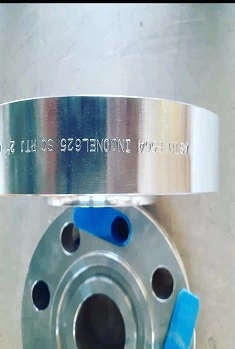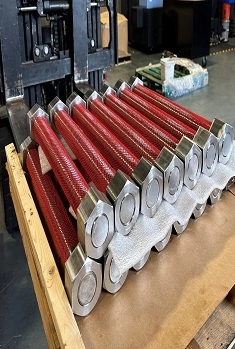Description :
NIMONIC alloy 105 is produced by high frequency melting in air followed by casting in air, or, for more critical applications the alloy is produced by vacuum melting and electroslag refining. The alloy is used for turbine blades, discs, forgings, ring sections, bolts and fasteners.
A precipitation-hardenable nickel-chromium-cobalt alloy with an addition of molybdenum for solid-solution strengthening. It is similar to NIMONIC alloy 105 but has higher levels of aluminum and titanium for increased strengthening by precipitation hardening. The alloy has high strength and creep resistance at temperatures to about 1850°F (1010°C). Used for turbine blades in aircraft gas turbines.
Heat treatment done for most favorable long-term creep strength and ductility at operating temp. between 850°C-950°C. in other case, Heat-treatment is used where long-term properties are not of utmost importance and thus tensile strength, elongation and impact strength are enhanced for operating temperatures not more than 700°C. While applying heat-treatment we make sure that cooling from 1125°C takes place freely and is not delayed.
These heat treatments can be done for following purposes-
Turbine blades, discs, forgings and ring sections, all of which may be produced from as-extruded, as-forged or subsequently cold worked starting stock.
Bolts and fasteners for which extruded and cold worked bar or section is recommended as starting stock.
Welding:
Welding techniques recommended for Nimonic 105 include gas-tungsten arc welding, gas metal-arc welding, submerged-arc welding and shielded metal-arc welding. Usage of a matching alloy filler metal is recommended for the welding process and if a matching filler is absent, an alloy rich in Ni, Co, Cr, Mo is can be used. During the absence of a matching filler metal.
Heat Treatment:
Nimonic 105 can be heat treated in 4 four steps. The steps are as follows: Solution annealing for 4 h at 1149°C (2100°F) followed by air cooling. Heating for 16 h at 1056°C (1925°F) followed by air cooling. Heating for 16 h at 849°C (1560°F). Air cooling to reach precipitation-hardening.
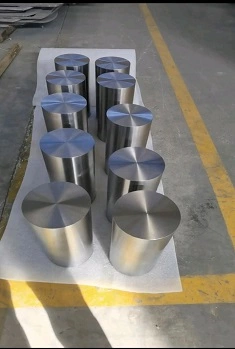

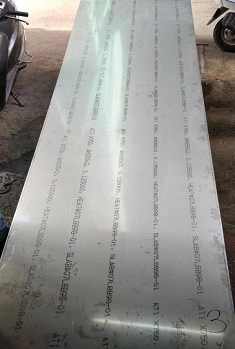
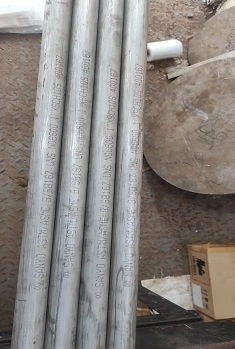
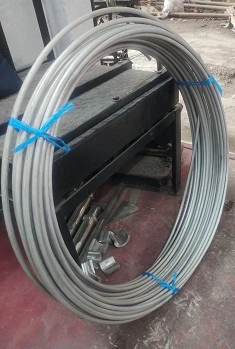
.webp)
